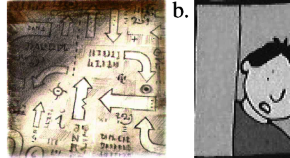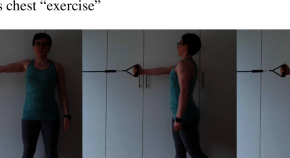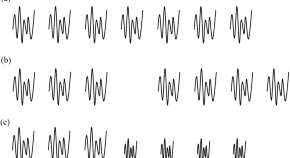Collection
Super Linguistics
- Submission status
- Closed
Linguists study language. But what is language? Paraphrasing De Saussure's (1916) influential definition, a language is a system of signs used for communication. But that definition already takes us beyond the traditional objects of linguistic study, viz. verbal languages like German or ASL. In everyday human (or animal) communication, much information is conveyed iconically, i.e., not through structured constituents built from arbitrary lexicons via recursive grammars, but through arguably more natural, but no less systematic relations of resemblance between sign and denotation. Given the evident progress our field has made in understanding the underlying systems generating forms and relating them to meanings in all kinds of verbal language fragments, the time has come to broaden our horizons and explore the natural extension of linguistics to other types of sign systems.
Enter Super Linguistics, defined in this special issue as the extension of linguistic theory beyond traditional linguistic objects. These non-traditional objects include wholly or primarily iconic sign systems like pictures, comics, film, and music -- all of which feature prominently in this special issue. But even for linguists who want to stick with verbal languages it's obvious that meaning expression is often multimodal, and that verbal sign systems exhibit linguistically interesting interactions with iconic systems, like gesture and emoji, likewise covered here. Finally, super linguists in this special issue also explore human artifacts and activities like music, dance, and powerlifting whose representational status is less immediately obvious, but whose structure and/or cognition are essentially language-like and amenable to linguistic analysis.
Articles (9 in this collection)
-
-
Super Pragmatics of (linguistic-)pictorial discourse
Authors
- Julian J. Schlöder
- Daniel Altshuler
- Content type: Original Research
- Open Access
- Published: 02 March 2023
- Pages: 693 - 746

-
A semantics of face emoji in discourse
Authors (first, second and last of 4)
- Patrick Georg Grosz
- Gabriel Greenberg
- Elsi Kaiser
- Content type: Original Research
- Open Access
- Published: 22 February 2023
- Pages: 905 - 957

-
Linguistic inferences from pro-speech music
Authors
- Léo Migotti
- Janek Guerrini
- Content type: Original Research
- Published: 21 February 2023
- Pages: 989 - 1026

-
Pictorial free perception
Authors
- Dorit Abusch
- Mats Rooth
- Content type: Original Research
- Published: 05 December 2022
- Pages: 747 - 798

-
Reps and representations: a warm-up to a grammar of lifting
Authors
- Maria Esipova
- Content type: Original Research
- Open Access
- Published: 21 November 2022
- Pages: 871 - 904

-
Musical grouping as prosodic implementation
Authors
- Jonah Katz
- Content type: Original Research
- Published: 26 October 2022
- Pages: 959 - 988

-
Pointing to communicate: the discourse function and semantics of rich demonstration
Authors
- Christian De Leon
- Content type: Original Research
- Published: 01 October 2022
- Pages: 839 - 870

-
Moving to the rhythm of spring: a case study of the rhythmic structure of dance
Authors
- Isabelle Charnavel
- Content type: Original Research
- Open Access
- Published: 07 July 2022
- Pages: 799 - 838


